Can aerodynamic components on ideal new energy vehicles reduce drag and enhance efficiency? Indeed, aerodynamic accessories for new energy vehicles significantly reduce drag and boost efficiency—a conclusion rooted in the deep integration of aerodynamic principles and engineering practice. Air resistance is one of the primary sources of energy consumption during vehicle operation, accounting for over 70% of total resistance under high-speed conditions.
Streamlined body design is central to aerodynamic optimization. By lowering the front end, extending the roofline to the rear, and controlling the fastback angle, airflow can more smoothly hug the vehicle’s surface, preventing large vortex zones from forming at the rear.
Certain models incorporate details like front splitters and air ducts to further guide airflow around the front wheels, reducing turbulence within the wheel arches. This active airflow management strategy maintains a more stable aerodynamic posture during high-speed driving.
The application of active aerodynamic components elevates drag reduction technology to an intelligent level. Active air intakes automatically adjust their opening angle based on speed and cooling requirements: opening at low speeds to meet cooling demands, and closing at high speeds to minimize airflow into the engine compartment, thereby reducing aerodynamic drag.
Detailed design elements are equally crucial. Hidden door handles, low-drag wheel covers, and a streamlined underbody eliminate surface protrusions and gaps, minimizing airflow disturbance to further reduce friction and induced drag. The spoke grooves on wheel covers guide airflow over the wheels, minimizing vortex formation.
Can Li Auto’s aerodynamic body components reduce drag and enhance efficiency? Aerodynamic optimization isn’t just about performance gains—it’s deeply tied to user experience. Increased range reduces charging frequency, offering tangible value especially during long-distance trips through this “invisible range” enhancement.

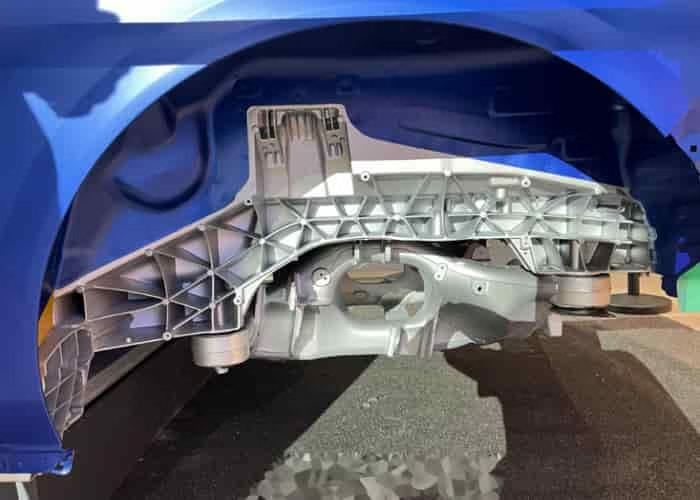
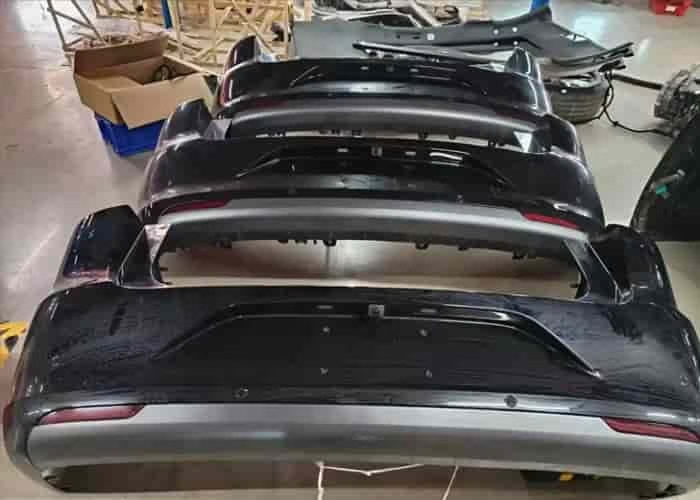
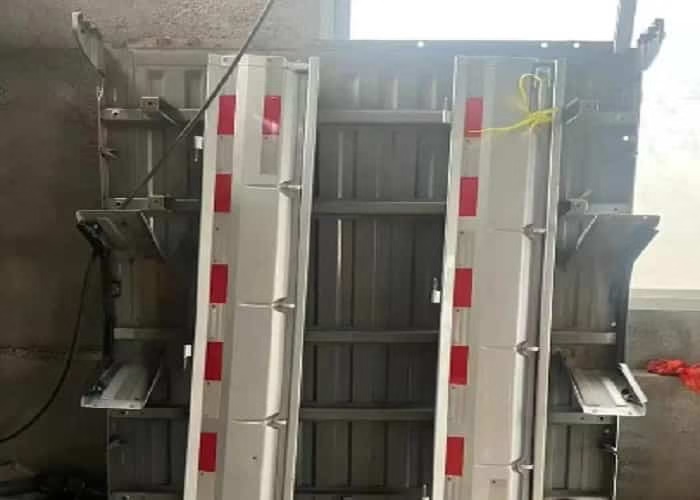
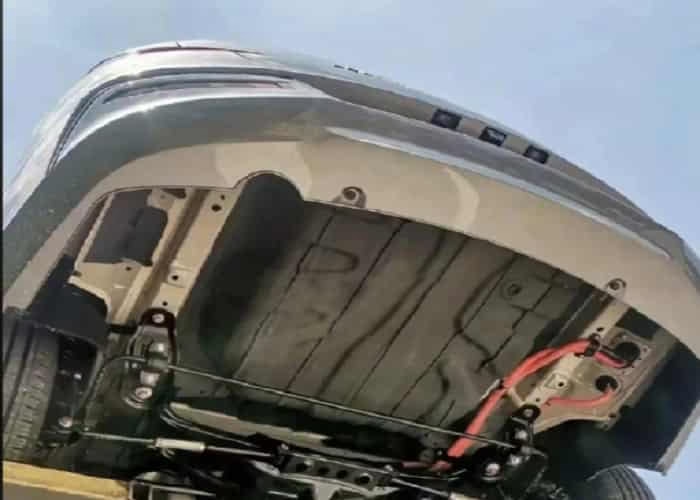
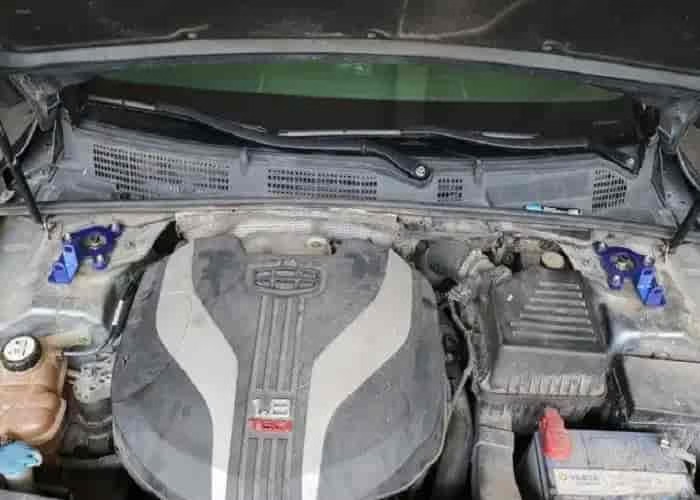
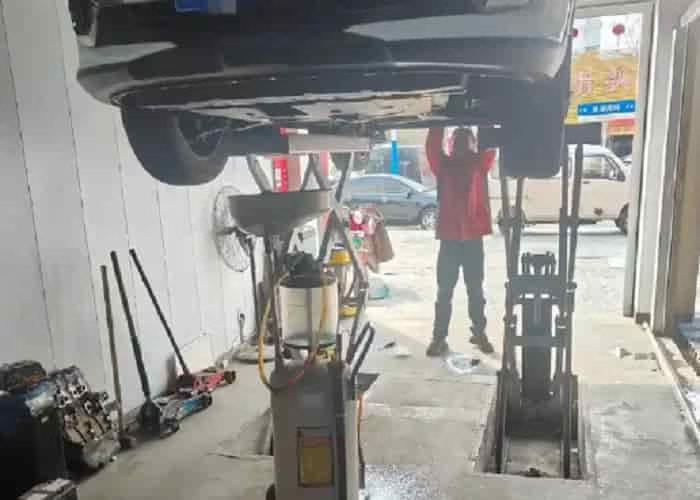
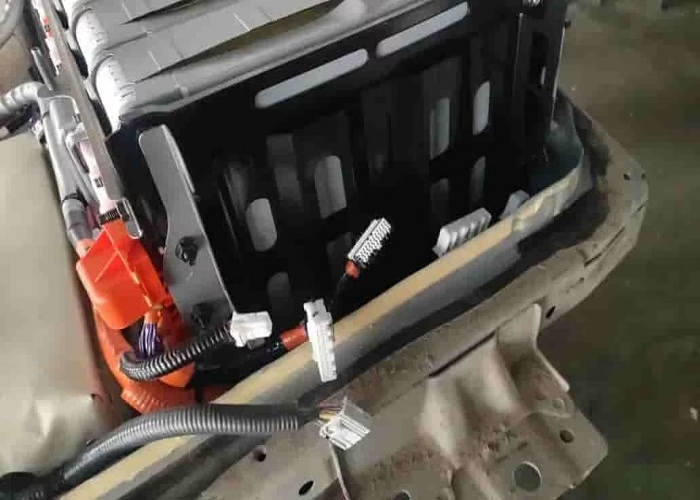
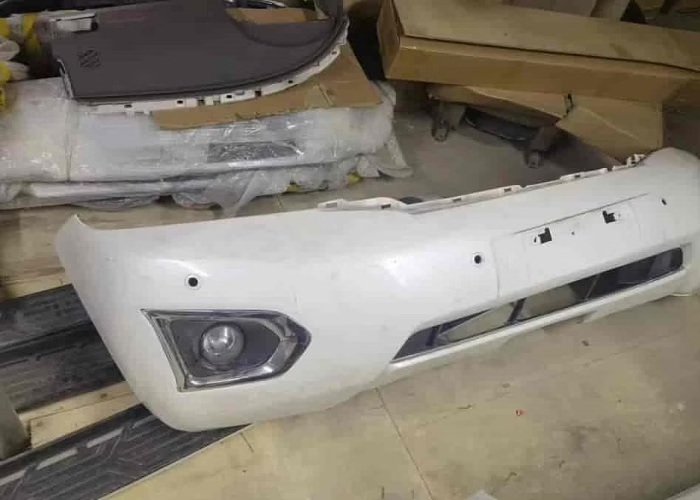
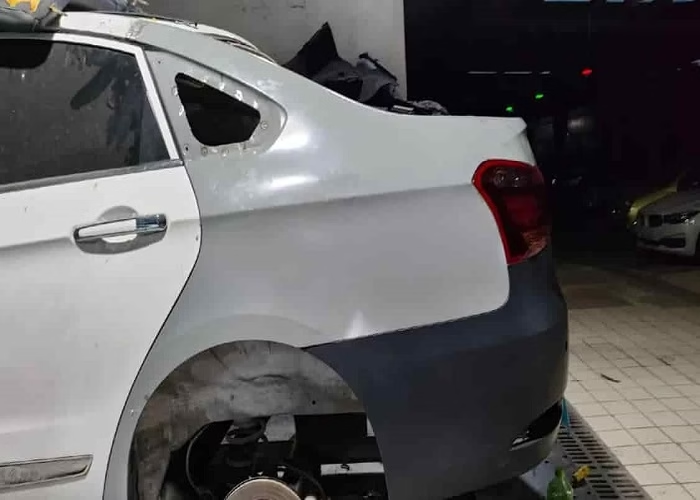
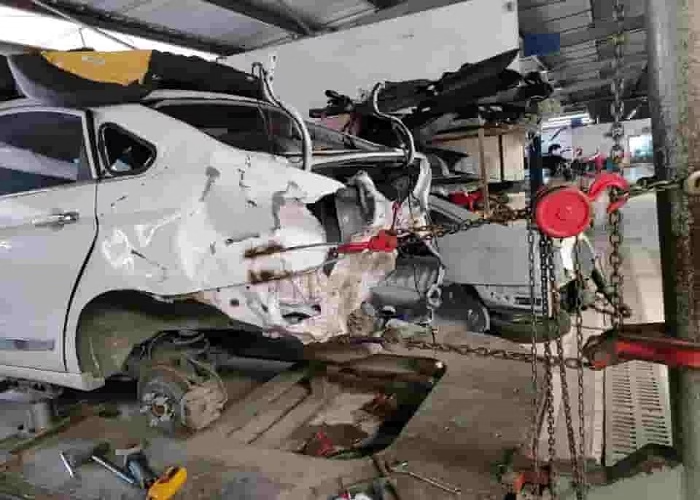
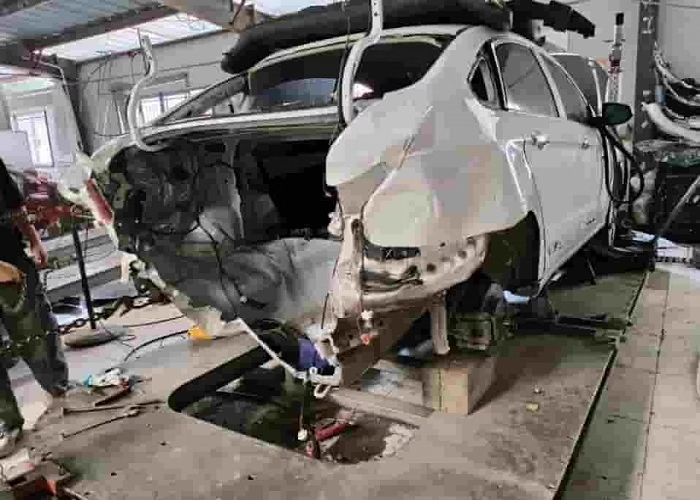
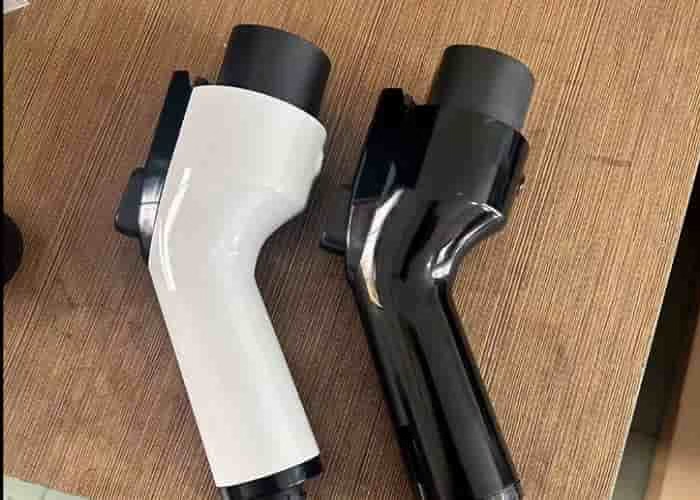


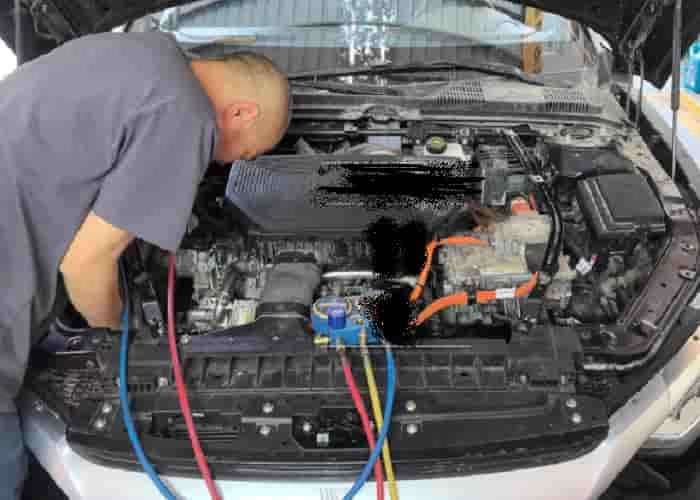
Leave a Reply